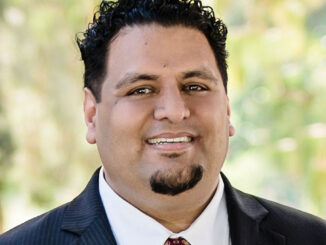
Census counts bring in funding for crucial resources
By Anne Stokes
What do you care about in your community?
Health care.
Homes and healthy food for seniors, children and people with disabilities.
Small business development.
Family violence prevention and crime victim assistance.
Water and waste disposal for rural communities.
Highway planning and construction.
Disaster recovery from wildfires, hurricanes and earthquakes.
Unemployment insurance.
Education from preschool through college.
Crucial resources like these — and much more — rely on federal funding. That funding is determined by population and demographics counted in the Census, which only happens every 10 years. For every person counted, local communities receive an estimated $2,000 a year in funding. For every person not counted, communities lose out on $20,000 over a decade.
“An accurate count means delivering services, building new infrastructure and providing money and resources for everyone, including children and those who are not eligible to vote,” says Cori Lucero, executive director of Government and Community Relations at UC Merced. “The accuracy of this Census will shape the next 10 years for our communities. It’s worth the time to complete it before it’s too late.”
Federal funding is essential to arguably the most important infrastructure in our nation’s future: Education. Funding for Head Start, special education and career technical education programs, as well as financial aid, are allocated based on Census information.
“If we want our students to be able to go all the way and get their bachelor’s degree or even go on to advanced degrees, making it easier to go to college is a big part of it,” says Lucero. “That means getting them [from kindergarten] through 12[th grade] … but also making sure they can afford to go to university.”
Census counts also affect representation in Congress, ensuring political power is fairly balanced among states. California has 53 representatives in the United States House of Representatives, a number determined by its population count.
“California is potentially one of those states [where] we could lose a House seat after this Census if we don’t get a proper count,” says Lucero. “Being the largest state, population-wise, in the country, it’s really, really important to have adequate representation in Congress to help bring [in] those federal resources.”
Stand up and be counted! Visit www.my2020census.gov to represent your community.




